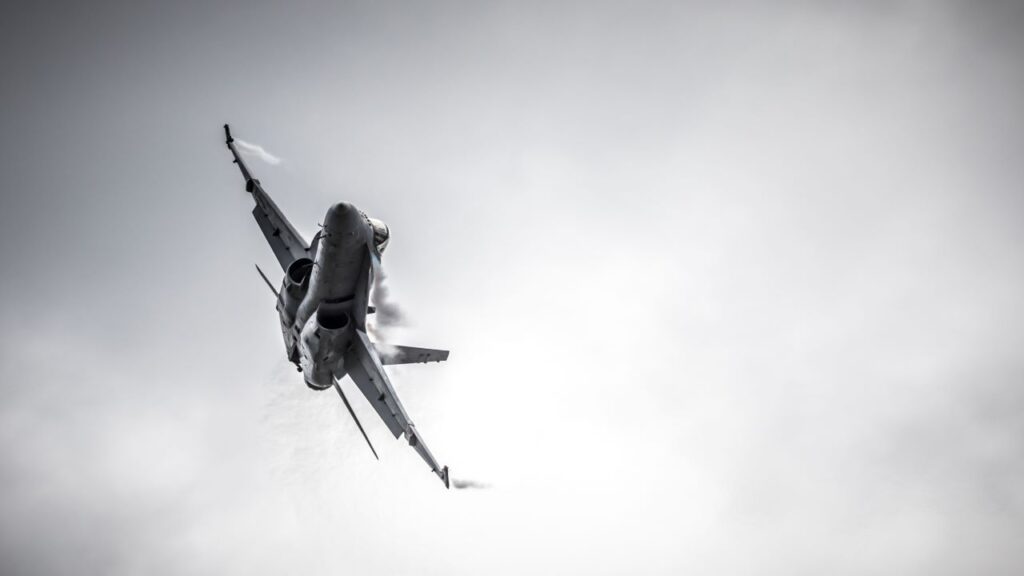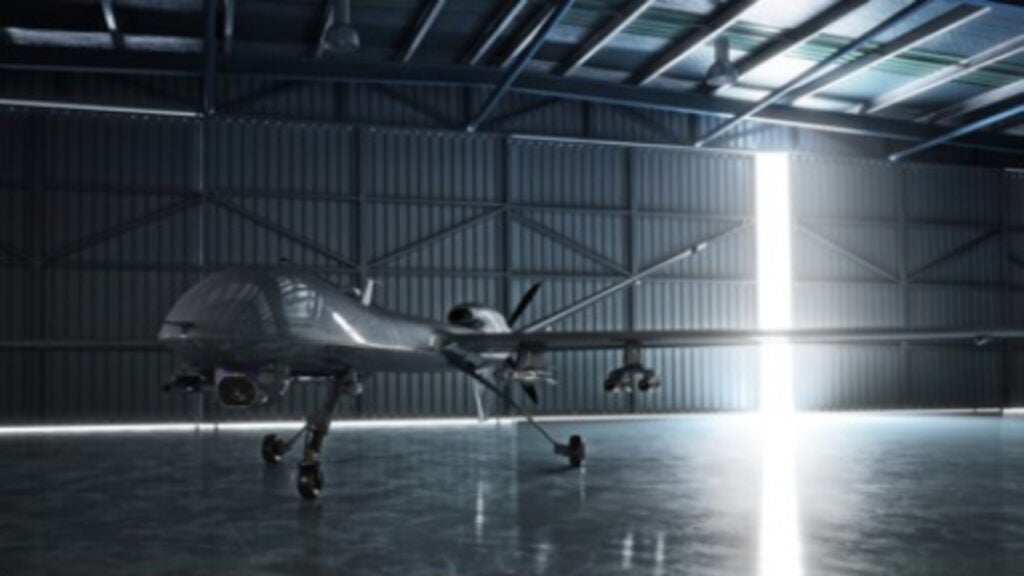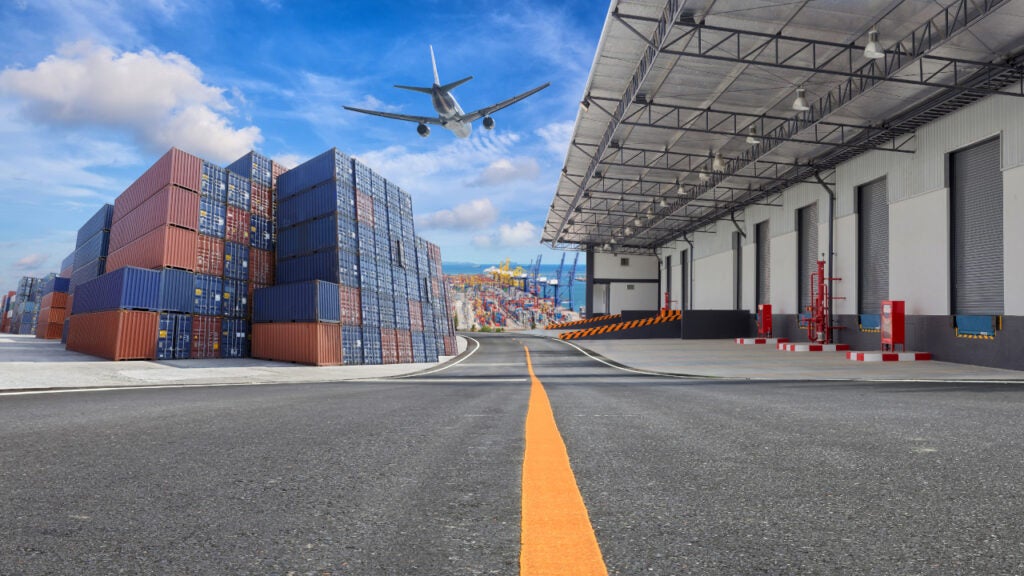The aerospace and defence industry continues to be a hotbed of innovation, with activity driven by developments in artificial technology and machine learning, and growing importance of technologies such as drones, satellite technology and big data. In the last three years alone, there have been over 174,000 patents filed and granted in the aerospace and defence industry, according to GlobalData’s report on Artificial Intelligence in Aerospace, Defence & Security: Remote-controlled drone launchers.
However, not all innovations are equal and nor do they follow a constant upward trend. Instead, their evolution takes the form of an S-shaped curve that reflects their typical lifecycle from early emergence to accelerating adoption, before finally stabilising and reaching maturity.
Identifying where a particular innovation is on this journey, especially those that are in the emerging and accelerating stages, is essential for understanding their current level of adoption and the likely future trajectory and impact they will have.
180+ innovations will shape the aerospace and defence industry
According to GlobalData’s Technology Foresights, which plots the S-curve for the aerospace and defence industry using innovation intensity models built on over 262,000 patents, there are 180+ innovation areas that will shape the future of the industry.
Within the emerging innovation stage, machine learning for autonomous navigation, battery thermal management system, and satellite image mosaicing are disruptive technologies that are in the early stages of application and should be tracked closely. 3D image segmentation, AV on-board control systems, and lidar for 3D object detection are some of the accelerating innovation areas, where adoption has been steadily increasing. Among maturing innovation areas is sensor-guided aiming assists, which is now well established in the industry.
Innovation S-curve for artificial intelligence in the aerospace and defence industry

Remote-controlled drone launchers is a key innovation area in artificial intelligence
Remote-controlled drone launchers provide launching capabilities for remote-controlled drones, for which there is a variety of innovations taking place.
GlobalData’s analysis also uncovers the companies at the forefront of each innovation area and assesses the potential reach and impact of their patenting activity across different applications and geographies. According to GlobalData, there are 70+ companies, spanning technology vendors, established aerospace and defence companies, and up-and-coming start-ups engaged in the development and application of remote-controlled drone launchers.
Key players in remote-controlled drone launchers – a disruptive innovation in the aerospace and defence industry
‘Application diversity’ measures the number of different applications identified for each relevant patent and broadly splits companies into either ‘niche’ or ‘diversified’ innovators.
‘Geographic reach’ refers to the number of different countries each relevant patent is registered in and reflects the breadth of geographic application intended, ranging from ‘global’ to ‘local’.
The leading patent filer in this sector is Boeing, which has filed a number of patents in order to streamline drone launching and use. The focus is on being able to launch in a variety of situations including in combat for use by an operator as needed. Patents filed by Boeing include remote powerup sequences amongst others. The second largest company in this sector is AeroVironment, which produces a variety of military drones including the Switchblade 300 which has seen extensive use in Ukraine. Some other key patent filers include SZ DJI Technology, Ford Motor and Hood Technology.
In terms of application diversity, Balyo is one of the leaders, followed by Ford Motor and KDDI. In terms of geographic diversity, Naval Group is the largest player, followed by KMW, Nexter Defense Systems and ThyssenKrupp.
As we see increased use of a variety of drones in combat, a variety of launchers will provide increased capabilities and likely faster launches, significant for use in combat.
To further understand how artificial intelligence is disrupting the aerospace and defence industry, access GlobalData’s latest thematic research report on Thematic Research: AI in Defense.




